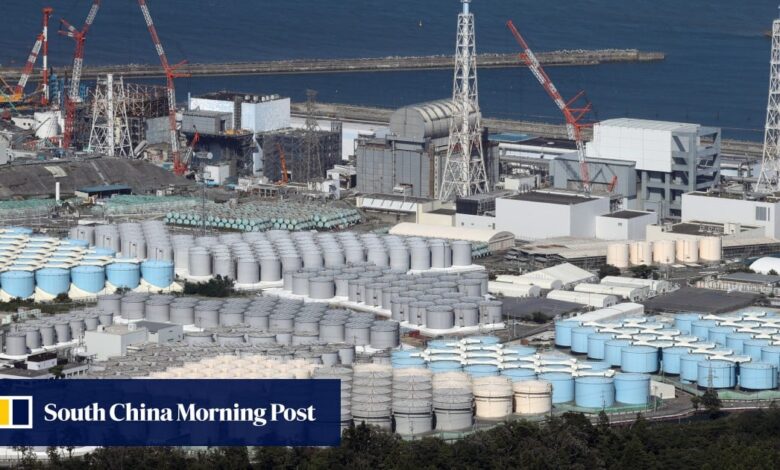Japan starts second round of Fukushima waste water discharge

Plant operator Tokyo Electric Power Company Holdings said workers activated a pump to dilute the treated water with large amounts of seawater, slowly sending the mixture into the ocean through an underground tunnel.
The plant’s first waste water release began on August 24 and ended September 11. During that release, Tepco said it discharged 7,800 tonnes of treated water from 10 tanks. In the second discharge, Tepco plans to release another 7,800 tonnes of treated water into the Pacific Ocean over 17 days.
Will transparency over Fukushima water test results help Japan win back critics?
Will transparency over Fukushima water test results help Japan win back critics?
About 1.34 million tonnes of radioactive waste water is stored in about 1,000 tanks at the plant. It has accumulated since the plant was crippled by a massive earthquake and tsunami in 2011.
Tepco and the government say discharging the water into the sea is unavoidable because the tanks will reach capacity early next year and space at the plant will be needed for its decommissioning, which is expected to take decades.
They say the water is treated to reduce radioactive materials to safe levels, and then is diluted with seawater by hundreds of times to make it much safer than international standards.
Some scientists say, however, that the continuing release of low-level radioactive materials is unprecedented and needs to be monitored closely.
Cabinet ministers have travelled to Fukushima to sample local seafood and promote its safety.
Tepco is tasked with providing compensation for reputational damage to the region’s seafood caused by the waste water release. It started accepting applications this week and immediately received hundreds of inquiries. Most of the damage claims are linked to China’s seafood ban and excess supply at home causing price declines, Tepco said.
Agriculture Minister Ichiro Miyashita promoted Japanese scallops at a food fair in Malaysia on Wednesday on the sidelines of a regional farm ministers’ meeting.
The International Atomic Energy Agency has reviewed the safety of the waste water release and concluded that if carried out as planned, it would have a negligible impact on the environment, marine life and human health.


